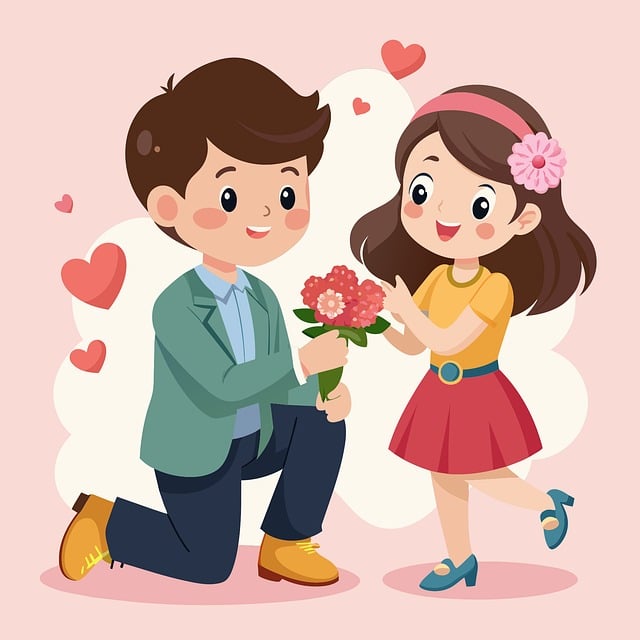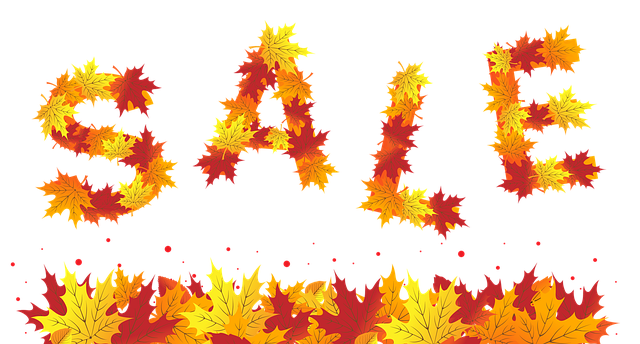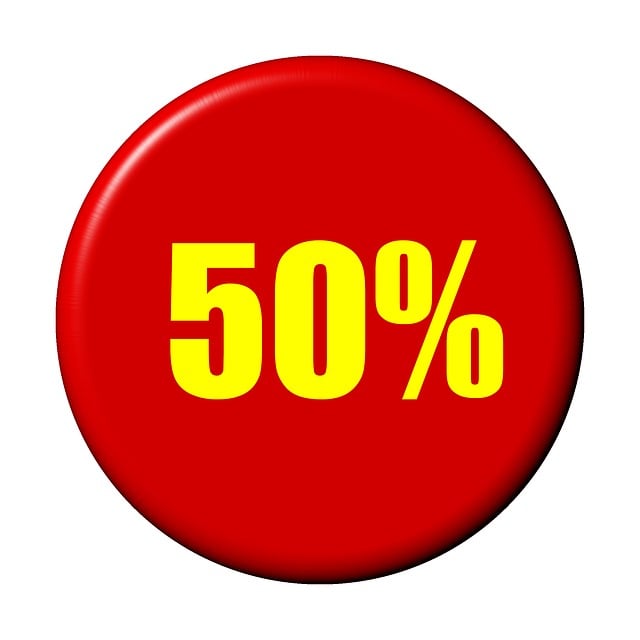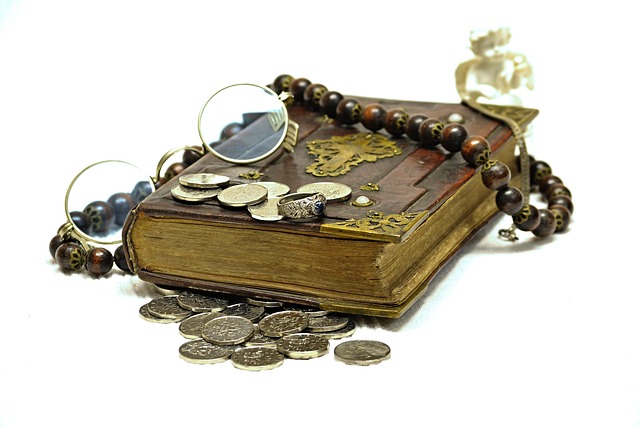Translating UK art catalogs and exhibition brochures requires a unique blend of linguistic expertise and cultural understanding. UK Art Catalogs and Exhibition Brochures Translation Services emphasize preserving depth, context, and artistic vision through close collaboration with clients. Native-speaking translators grasp idioms, metaphors, and historical references, ensuring resonance with diverse audiences. Layout adaptation, precise term rendering, and consistent branding are key aspects, leveraging technology while maintaining human expertise for top-tier translations that capture the UK art scene's essence globally.
In today’s globalised world, accurate and engaging translations are paramount, especially for UK art catalogues and exhibition brochures aiming to captivate international audiences. This article delves into crucial aspects ensuring top-quality translations, from navigating cultural nuances to leveraging technology. We explore the role of native speakers in quality assurance, the importance of adapting layout and design, and effective translation methods tailored to these unique content types. Discover how these strategies enhance accessibility and engagement for diverse markets.
- Understanding Cultural Nuances for Accurate Translations
- The Role of Native Speakers in Quality Assurance
- Adapting Layout and Design for Different Languages
- Choosing the Right Translation Method for UK Art Catalogs
- Ensuring Consistency Across Exhibition Brochures
- Leveraging Technology for Efficient and Engaging Translations
Understanding Cultural Nuances for Accurate Translations

When translating UK art catalogs or exhibition brochures, cultural nuances cannot be overlooked as they significantly impact language choice and context. Each language has its unique expressions, idioms, and metaphors that hold specific meanings within their respective cultures. For instance, an art term that conveys a profound concept in one language might not have the same depth or interpretation in another. Professional translation services for these specialized documents should consider the artistic and cultural context to ensure accurate representations of the original content.
Artistic concepts, historical references, and even play on words can be lost in translation if translators do not possess a deep understanding of both languages and their underlying cultures. UK art catalog and exhibition brochure translation services that specialize in this field employ linguists who are not only fluent but also have a keen eye for these subtle nuances. They collaborate closely with clients to gain insights into the intended audience, ensuring that the translated material resonates with readers from different cultural backgrounds while staying true to the original artistic vision.
The Role of Native Speakers in Quality Assurance

In the quest for accurate and engaging translations, particularly for niche markets like UK art catalogs and exhibition brochures, the involvement of native speakers is paramount. Native speakers bring an unparalleled understanding of not just language structure but also cultural nuances, idioms, and colloquialisms. This expertise ensures that translated content resonates with the target audience, effectively conveying the artistic essence and keeping the tone consistent with the original material.
For instance, when translating UK art catalogs and exhibition brochures, a native English speaker from the UK can ensure that terms related to art styles, historical references, and artist biographies are rendered accurately and contextually appropriate. This level of proficiency helps in avoiding translation errors and misinterpretations that could detract from the overall quality, thereby enhancing the reader’s experience and maintaining the integrity of the original content.
Adapting Layout and Design for Different Languages

When translating UK art catalogs and exhibition brochures, one often overlooked aspect is adapting the layout and design for different languages. As languages vary in structure and sentence length, a direct translation might not fit the original format. Professional translation services understand this challenge and employ native-speaking translators who can ensure the visual flow remains intact while conveying the content accurately.
In the context of UK art catalogs and exhibition brochures, this means preserving the aesthetic appeal for diverse markets. For instance, languages like French or German may require a different page orientation or column setup to accommodate their reading direction (left to right). Translators also consider font choices, ensuring that they are compatible with the target language’s typographic conventions while maintaining the catalog’s overall design integrity.
Choosing the Right Translation Method for UK Art Catalogs

When translating UK art catalogs and exhibition brochures, the right method is key to preserving the original meaning and artistic essence. For such specialized content, a blend of technical expertise and cultural sensitivity is required. Professional translation services with a focus on visual arts understand the importance of accurate term rendering, especially for unique art terms and concepts. They also ensure consistent terminology across the catalog, enhancing reader comprehension.
For instance, when translating exhibition descriptions, maintaining the tone and style of the source text is crucial. This involves choosing between machine translation or human translation, depending on the project’s scale and budget. Human translators can capture subtle nuances, ensuring that the UK art catalog retains its engaging, informative, and artistic integrity for an international audience.
Ensuring Consistency Across Exhibition Brochures

Consistency is key when it comes to creating engaging exhibition brochures for art catalogs in the UK. Accurate translations are essential to maintain a unified message and brand image across all marketing materials. Professional translation services understand the importance of consistency, ensuring that every brochure, catalog, and promotional material aligns with the original content in terms of tone, style, and terminology.
UK art catalog and exhibition brochure translation services employ skilled linguists who specialize in the art and cultural nuances of both languages. They meticulously match the layout, design elements, and visual assets to create a seamless user experience for an international audience. This level of attention to detail guarantees that the translated brochures not only convey the same information but also capture the essence of the original, fostering engagement and interest from global art enthusiasts.
Leveraging Technology for Efficient and Engaging Translations

In today’s globalised world, leveraging technology is paramount for accurate and engaging translations, especially within niche sectors like UK art catalogs and exhibition brochures. Professional translation services now incorporate advanced tools that not only streamline the process but also preserve the artistic essence of content. Machine translation software, when coupled with human expertise, ensures precision and cultural sensitivity, vital for conveying nuanced meanings across languages.
For example, AI-powered systems can swiftly handle technical terminology specific to art catalogs, while human translators focus on rendering descriptions and artist statements in a way that captivates the target audience. This blend of technology and human skill guarantees not only error-free translations but also engaging narratives that resonate with readers worldwide, making UK art publications accessible and appealing on an international scale.
In ensuring accurate and engaging translations, especially for UK art catalogs and exhibition brochures, a multifaceted approach is key. By understanding cultural nuances, leveraging native speakers, adapting layout and design, and utilizing technology effectively, translation services can significantly enhance communication and appreciation of artistic content across diverse linguistic landscapes. These strategies not only guarantee precision but also preserve the essence and aesthetic appeal of the original material.



